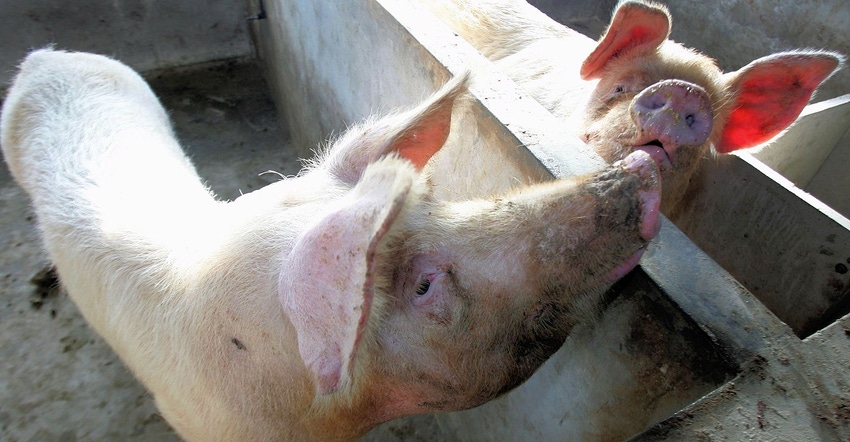We may not have African swine fever here yet, but we can certainly learn from the outbreak in China as well as Russia and the European Union.

Last week it was reported that China’s second largest pork producer had its eye on expansion, despite the country’s massive outbreak of African swine fever. Qin Yinglin, chairman of Muyuan Foodstuff told the South China Morning Post the company planned to “ride this violent hurricane out and turn it into a superb opportunity.”
The article went on to say that the Henan-based pork production system had also implemented several new biosecurity measures, including disinfecting trucks used to transport pigs, sterilizing animal feed with heat and filtering the air in farms.
With the ASF rumor mill running and estimates of 10-20 real cases for every new one reported, it’s refreshing to hear some of the biosecurity measures larger pork producers are taking place in the East Asian nation, and it reiterates what some in the global pork industry have been saying recently about the situation.
During the recent Annual Association of Swine Veterinarians annual meeting, one veterinarian based in China described biosecurity protocols that are not typically seen in U.S. systems. For example, on one 2,400-sow farm, employees shower into a living area, and during the time they are working they stay in the perimeter and live there. Then when they go to work they shower into the farm.
With 25 to 30 people living on the farm at a time, all supplies must be brought to them, which not only includes food but clothes for the staff to wear in barns and in living areas. No pork products are allowed to be brought into the farm. This also means sourcing food from local greenhouses that have no contact with pigs and avoiding buying produce from markets where pork is sold.
Scott Dee and Gordon Spronk, veterinarians with Pipestone Veterinary Services, recently attended a swine conference in China where Dee says their presentation was met with much interest.
“I was very pleasantly surprised at how aggressive the producers are getting,” Dee says. “The Chinese producers are testing feed, they are working together, they want to write resolutions like we have. They really want to organize.”
More than 1,100 producers were present and another 100,000 took in their presentation online. Dee says it was a very positive vibe and that the Chinese pork producers “are hungry for information on the risk of feed.”
“There are some amazingly talented people there from the production side. The companies are really good, and I learned a lot from them,” Dee says. “They are really aggressive. That is exciting to see because that will help us control the epidemic if the source starts to do something on site to reduce risk.”
While speculation of ASF impact in China continues to run rampant, it’s good to hear some of the extra biosecurity procedures major global pork players are implementing there. We may not have ASF here yet, but we can certainly learn from the outbreak in China as well as Russia and the European Union.
As Clayton Johnson, Carthage Veterinary Service points out, “We should humbly accept our own failures in preventing the introduction and establishment of porcine epidemic diarrhea, Seneca Valley Virus, delta coronavirus and other diseases, which have entered the U.S. and now reside as endemic pathogens. We must improve our outbreak management capabilities, or we are doomed to repeat our failures.”
About the Author(s)
You May Also Like





